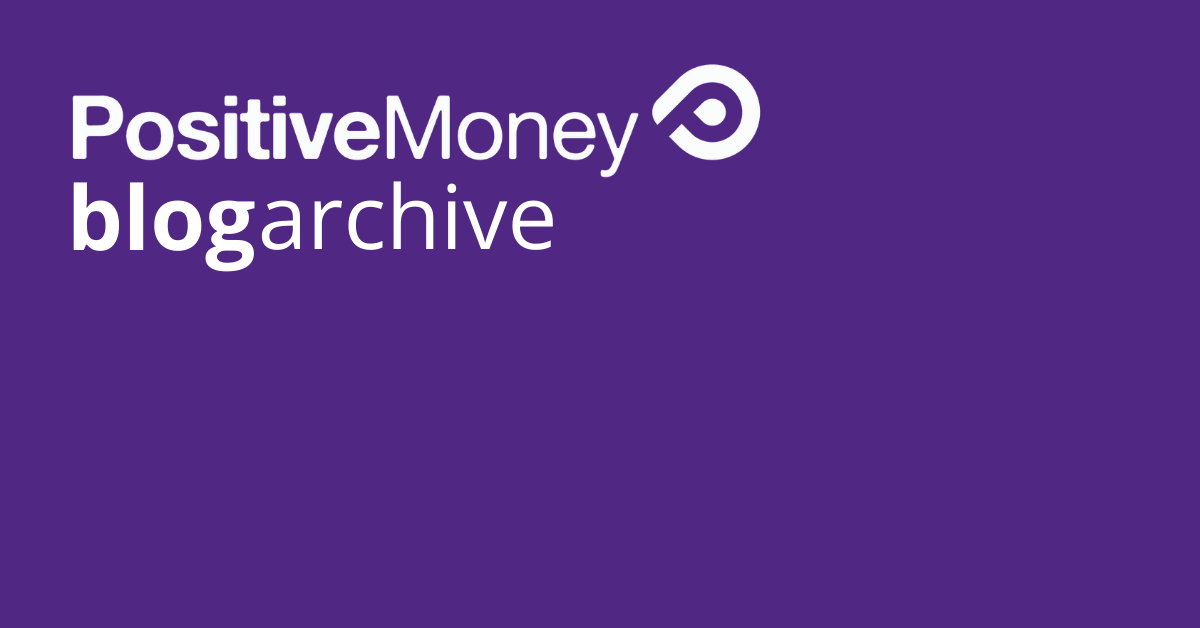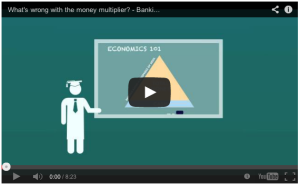Wikipedia does not describe the process of money creation correctly

The pages in Wikipedia on fractional reserve banking, and money creation still give top billing to the discredited multiplier model of money creation. This states that there will eventually be an end to money creation by private banks when they make loans, when the reserve ratio is reached. If there is £ 100 base money for example, with a 20% reserve requirement, then the banks could create up to £ 500 of broad money by the act of lending.
I relied on this description of “Where money comes from” when I first researched the subject of money and banking.

However extensive research by Positive Money, the New Economics Foundation and others has shown that the multiplier model is incorrect, and is not an accurate description of how money and banking works in the modern world.
[sws_pullquote_right] “[Money Multiplier] is such an incomplete way of describing the process of the determination of the stock of money that it amounts to misinstruction” Prof Charles Goodhart [/sws_pullquote_right]
This is highlighted in the book “Where does money come from” and on the Positive Money website. These state that the only realistic limit of money creation is commercial banks confidence to lend, and consumers’ willingness to borrow. The reserve ratio, and interest rates were shown to be very weak regulators in the growth of the money supply. This is highlighted by evidence from the recent past, when the money supply in the UK more than doubled in the ten years between 1997 and 2007.
Michael Reiss has spent much time and effort trying to update the fractional reserve banking page in Wikipedia, and I have tried to help him. He has provided extensive references which bring the multiplier model into disrepute, and the latest version can be seen here.
The Criticisms section lower down the page gives references which Michael has inserted. Both he and I think this section should include a critique of fractional reserve banking (is it good, bad or indifferent for the economy and wider society ?), as well as the multiplier model itself. Further discussion can be seen on the Talk page (tab at the top of the article).
[sws_pullquote_right]“The way monetary economics and banking is taught in many, maybe most, universities is very misleading”. Professor David Miles, Monetary Policy Committee, Bank of England [/sws_pullquote_right]
There are some people, especially in the USA, who have thwarted Michael’s efforts in the recent past, because classical economists and text books keep referring to the multiplier model as the definitive way in which money is created.
I use Wikipedia extensively to check facts, but unfortunately in this case it is misdirecting students and others when it gives the multiplier model top billing.
I have spoken to a top economist recently who works for one of the big banks, and he says he knows much about economics, but little about banking and the money creation process.
This is the problem that we face, in that much of the establishment persists with a flawed description of money creation, which is then relied upon to inform policy and reform of the banking sector.